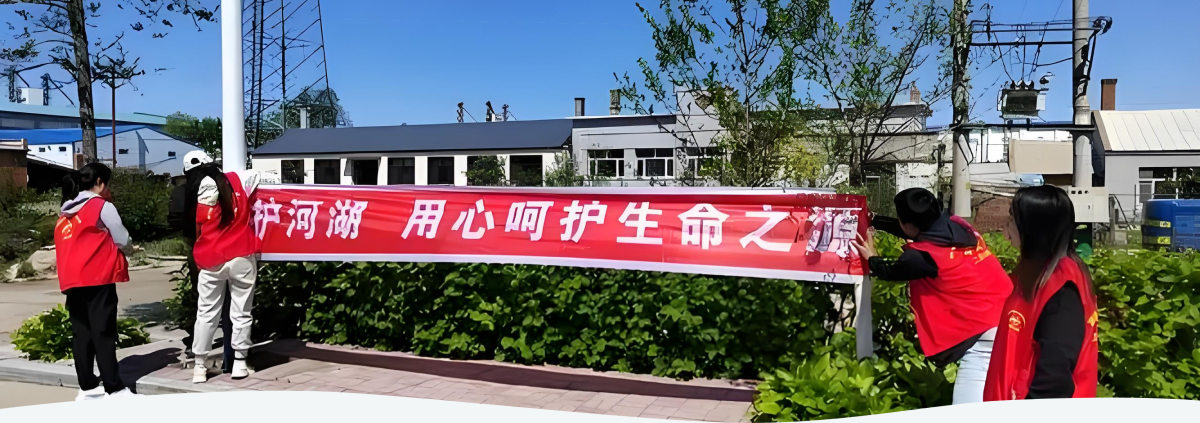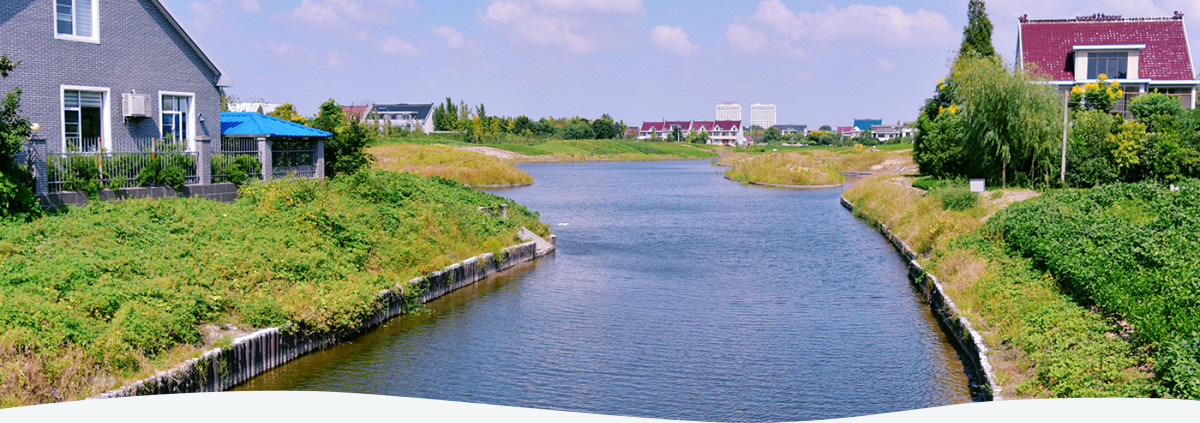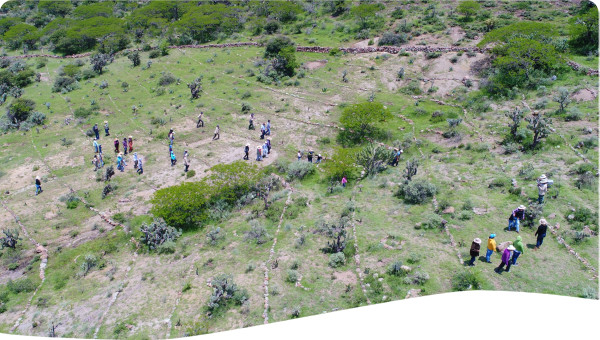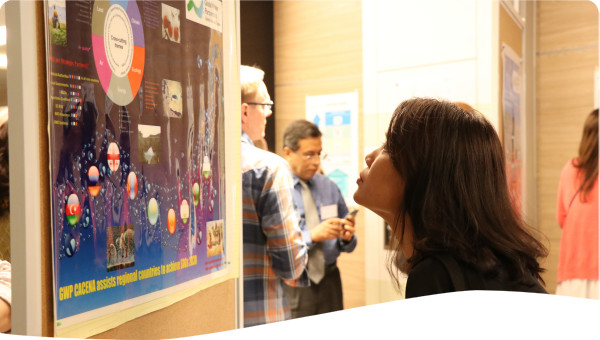The implementation of the River Chief System in small cities faces the challenge of reaching the grassroots level, struggling to bridge the "last mile" of the system. The initiative 'Self-management and self-protection of our rivers' has enabled Rugao city to achieve comprehensive improvement of the water environment and stable water quality in different water bodies. Increased investment in water resources has led to a fundamental transformation of the rural water environment. To ensure effective governance and achieve ambitious results, Rugao has adopted this method to ensure the involvement of all citizens in river protection and water governance.
In 2016 and 2017, the Chinese government adopted and started implementing the “Opinions on Full Implementation of the River Chief System” and “the Guiding Opinions on the Implementation of the Lake Chief System.” By 2022, the Ministry of Water Resources of China and the Ministry of Public Security of China had jointly formulated the Opinions on Strengthening the Safety and Protection of Rivers and Lakes. These policies address critical issues in rivers and lakes, including flood control safety, protection of water resources, water ecology and environment, maintenance of riverbed sand mining order, safety protection of key water projects, and water administrative law enforcement. Local authorities are guided to conduct health assessments of rivers and lakes, develop tailored policies for each body of water under the principle of 'one river or lake, one policy', establish health records, and strive to create 'happy rivers and lakes' for the benefit of the people.
Rugao, a historical and cultural city in Jiangsu Province, China, is located in the Golden Triangle region in the lower reaches of the Yangtze River. Known for its kites, potted landscapes, flowers, and trees, Rugao has a 2,000-year history and spans 1,477 km² with a population of 1.5 million. The city comprises 23 towns with 532 administrative villages and serves as a major distribution center in East China.
The River Chief System is particularly crucial for Rugao where the municipal government prioritizes its implementation. However, a minor segment of officials struggle to adhere to the long-term schedule, opting for drastic measures to quickly address issues that have accumulated over decades. This has led to management omissions, delays, and insufficient citizen participation.
The progress of the River Chief System in Rugao varies significantly across different villages. Some towns that adopted the system early have seen remarkable improvements in river conditions, while in other areas, the newly appointed river chiefs are still in the initial stages of their work. Additionally, staffing and investment in river management remain inconsistent, contributing to the unbalanced progress across the region.
The implementation of the River Chief System has been widely promoted in urban areas. In rural areas, Rugao is a pilot and a competitive case reflecting the successful outcome of improving water and the environment in village communities, enhancing water quality, raising investment in water development, and engaging residents. Rugao focuses on the dual goals of comprehensive improvement of the water environment and stable improvement of cross-sectional water quality. It increases water conservancy investment, promotes water conservancy construction, and changes the appearance of the rural water environment. To effectively safeguard the achievements of water environment governance, Rugao promotes the work of "self-management and protection of its own rivers", aiming to explore nationwide water management and enable the people to truly participate in water environment management and protection.
"The self-management and self-protection of my own rivers" is a dynamic approach to extending the reach of the River Chief System to the grassroots level, effectively bridging the "last mile" in Rugao city. The Rugao government has placed significant emphasis on this initiative, involving all four municipal leadership teams in village research and assuming personal accountability. These leaders actively participate in community consultations empowering residents in grassroots management and protection.
Active community participation, especially among youth, forms the foundation of this initiative. The government organizes on-site observations and village council meetings, allowing local youth groups and residents to witness firsthand the substantial improvements in the water environment post-governance. A self-governance mechanism led by grassroots party organizations has been established and improved, integrating river course management and protection into village rules and regulations, thereby increasing social recognition of these efforts.
Awareness-raising activities by Rugao city leverage the influence of local internet personalities to create engaging content such as Lao Yang's Teahouse, Black Fox Radio, feature films, and short animations. These innovative efforts reinforce the long-term management and protection of river courses in easily understandable formats. The city also organizes "smart river chief" trainings, school outreach programs, and other activities, promoting the initiative through offline meetings, cloud live broadcasts, and new media platforms.
Protecting the local water environment is essential for rural revitalization. For this purpose, Rugao has selected 39 villages as pilot sites to set up demonstration models such as "River Chief Foundation", "People's River Chief", "Joint Management by Enterprises and the People", "Demolition of Illegal Structures," and "Joint Management and Evaluation". Based on practical research, guidance documents like the Handbook for River Course Governance, Management and Protection, and the People's River Chief Handbook have been developed.
The city also adheres to scientific policy implementation and step-by-step progress, tailoring work promotion plans to address the main issues in river courses. These include challenges like demolishing illegal structures, addressing the repetitive reclamation of slope land, curbing the widespread use of fishing nets, managing the recurrence of malignant aquatic plants, and changing entrenched habits among the populace. Furthermore, Rugao emphasizes collaborative efforts and systematic water governance from point to surface.
The Municipal River Chief Office has led various sectors in working towards set targets, enhancing organizational structure, coordinating fund allocation, and creating a synergy characterized by city-level direction, township supervision, village implementation, household self-management, and widespread public participation.
Rugao focuses on improving the overall living environment by using river restoration as a catalyst for enhancing roads and backyards. To achieve the goal of "general mobilization of all people, with no bystanders," Rugao actively explores work mechanisms involving commitment and contracting as well as the management of rivers, riverbanks, and community habits.
The "participation of the people and market operation" mechanism enables the public to take on supervisory responsibilities. Riverside enterprises and their parties fulfill riverbank greening and cleaning tasks, resulting in a joint management and protection scheme that combines government regulation, public supervision, and corporate investment.
The "participation of the people and river course brokers" mechanism involves selecting public representatives and local elites to serve as river brokers. These brokers sign management and protection commitments and are responsible for daily patrol inspection/supervision, greening and maintenance, and relevant promotional activities related to the river courses, with year-end income distributed proportionally.
The "participation of the people and diversified investment" mechanism establishes a special fund based on municipal and township reward funds, mobilizes village (community) resources, and adopts an approach that combines reciprocation from resourceful individuals with public participation and social support.
The "participation of the people and performance evaluation and incentives" mechanism supports the promotion of long-term river course management and protection with organizational and funding assurance, through the issuance of performance evaluation documents and incentive measures at the municipal level.
In 2021, the municipal public finance allocated USD 226,293 (RMB 16.42 million) in reward funds for long-term river course management and protection, and USD 12,418 (RMB 90,000) in reward funds for the top villages in the performance evaluation of river course management and protection.
The villagers' self-governance mechanism effectively incorporates river course management and protection into village rules and regulations. This integration has led to increased social recognition and community support for these initiatives.
Organizing on-site observations and village council meetings provides the general public with a first-hand understanding of the significant improvements in the water environment. This direct exposure fosters greater community involvement and appreciation for the governance efforts.
 Case studies
Case studies



